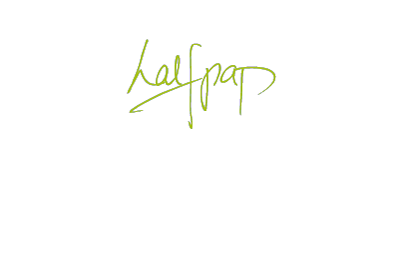My process.
In my experience most projects are approached by either one of the following Design processes:
A Design Thinking process (double diamond e.g.) with a well structured and comprehensive user research phase. It's designed to understand human needs and desires. It seeks to define the problem as a statement in a human-centred way to kickstart ideation processes in the right direction. It typically generates various formal deliverables before ideation and prototyping phase.
A lean UX approach that is inspired by Agile development methods. It is less based on intensive market /user research and typical UX deliverables but the teams starting point is a set of (well informed) assumptions and hypothesis to be able to build and test a basic but functional product/service: the MVP (Minimum Viable Product) . Techniques used are design sprints, rapid prototyping and frequent user testing.
I have experience in both processes. Based on my work in various set ups - from start-up to agency to corporate, from small to big teams, in projects.
This is my personal approach to a successful Design Delivery:
PHASE 1 -LEARNING
is setting a stage for the project by bringing together all stakeholders and come to a shared understanding of basic internal and external requirements and goals, budgets and timelines. It should also be discussed how user and market research activities will be conducted.
In a lean UX process scenario these might be user interviews or observations, and competitive analysis of existing products or services.
I am a big fan of creating a customer journey at this point too, it will provide a holistic picture and takes all service touch-points into consideration. Keeping the “bigger picture” in mind often makes it easier to validate assumptions and ideate later on.
The research findings and customer journey map are very useful as a baseline for the following internal workshop. The workshops goal is to generate a set of assumptions which can be used to create hypotheses. These assumptions are typically validated as much a possible and prioritised before heading into:
PHASE 2 - BUILDING
The team gets together to start brainstorming possible solutions and concepts. It should include all requirements of the Minimum Viable Product: these are the basic requirements needed to build the product. User flows might be created, as well as wire frames or wire flows before applying a Visual Design style and putting it all together in a functional prototype that can be tested in:
PHASE 3- MEASURING and / or DELIVERING
Internal tests ensure that all MVP’s requirements and expectations of all stakeholders are met. While the prototype may not include all intended functions, it will provide insights on how succesful user interactions are. Once all glitches are eliminated the testing can be extend to external test users, which represent the target user. The insights from the observations or questionnaires are gathered, analysed and fed back into the BUILDING Phase: new concepts might arise, existing ideas are discarded or altered and prototypes are adapted before an internal and external testing round starts again.
This iterative loop will take place until the product reaches a mature enough level that is ready for production.
What I do.
Design Expertise fine print at a glance
My startup experience in project management tasks equipped me well for:
Client communication | Team management | Budget allocation | Supervision of Concept Design and Design Production
As a UX Designer I love working on:
Interaction Design for spatial and gesture based Interfaces | Ideation and Concept Creation| User Journeys | High and low fidelity wireframes | Rapid Prototypes
Occasionally I get my hands dirty with:
Visual Design | Print Design projects | Video production | Design Workshops
Would you like to know more? Let's talk!

